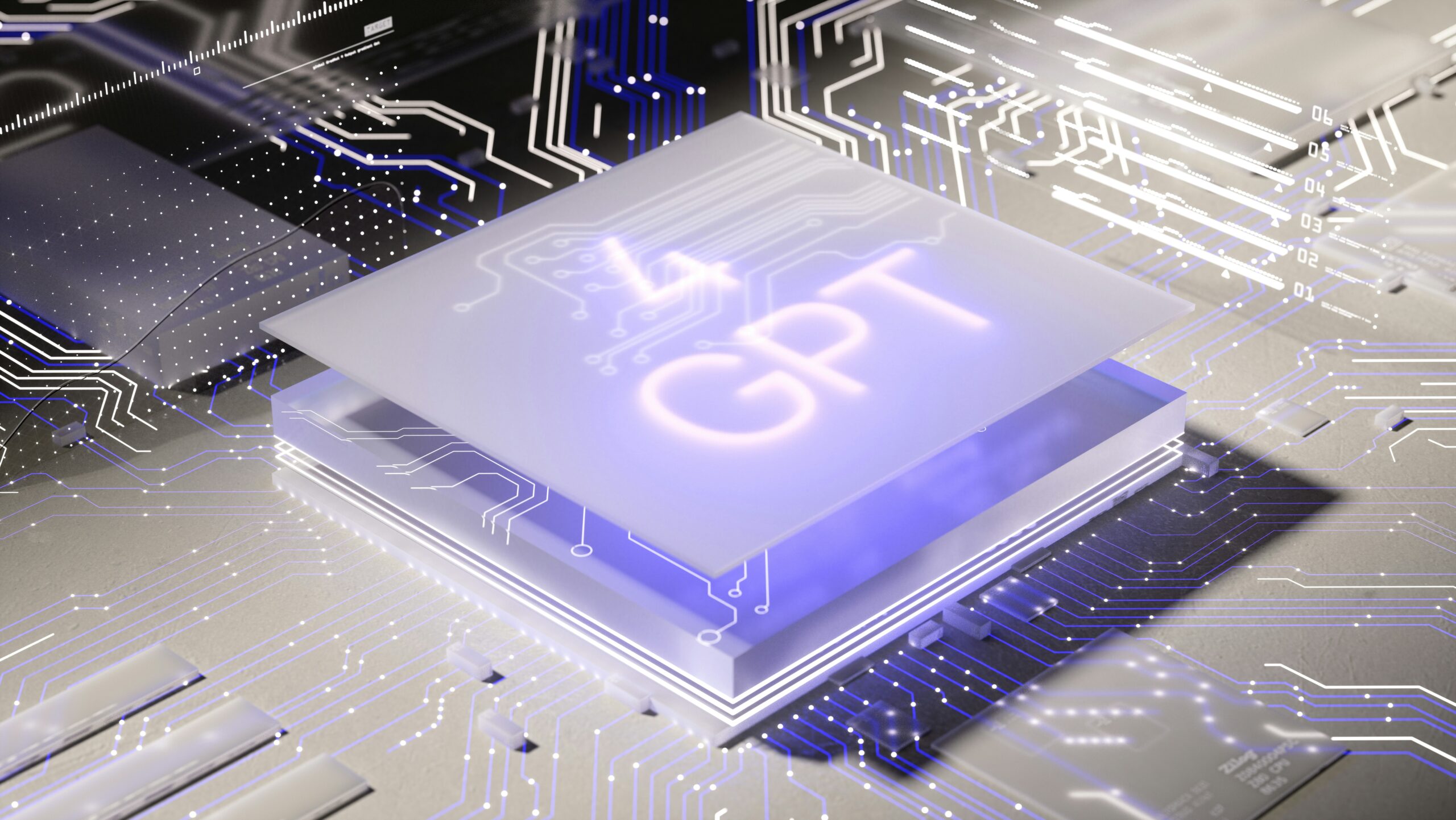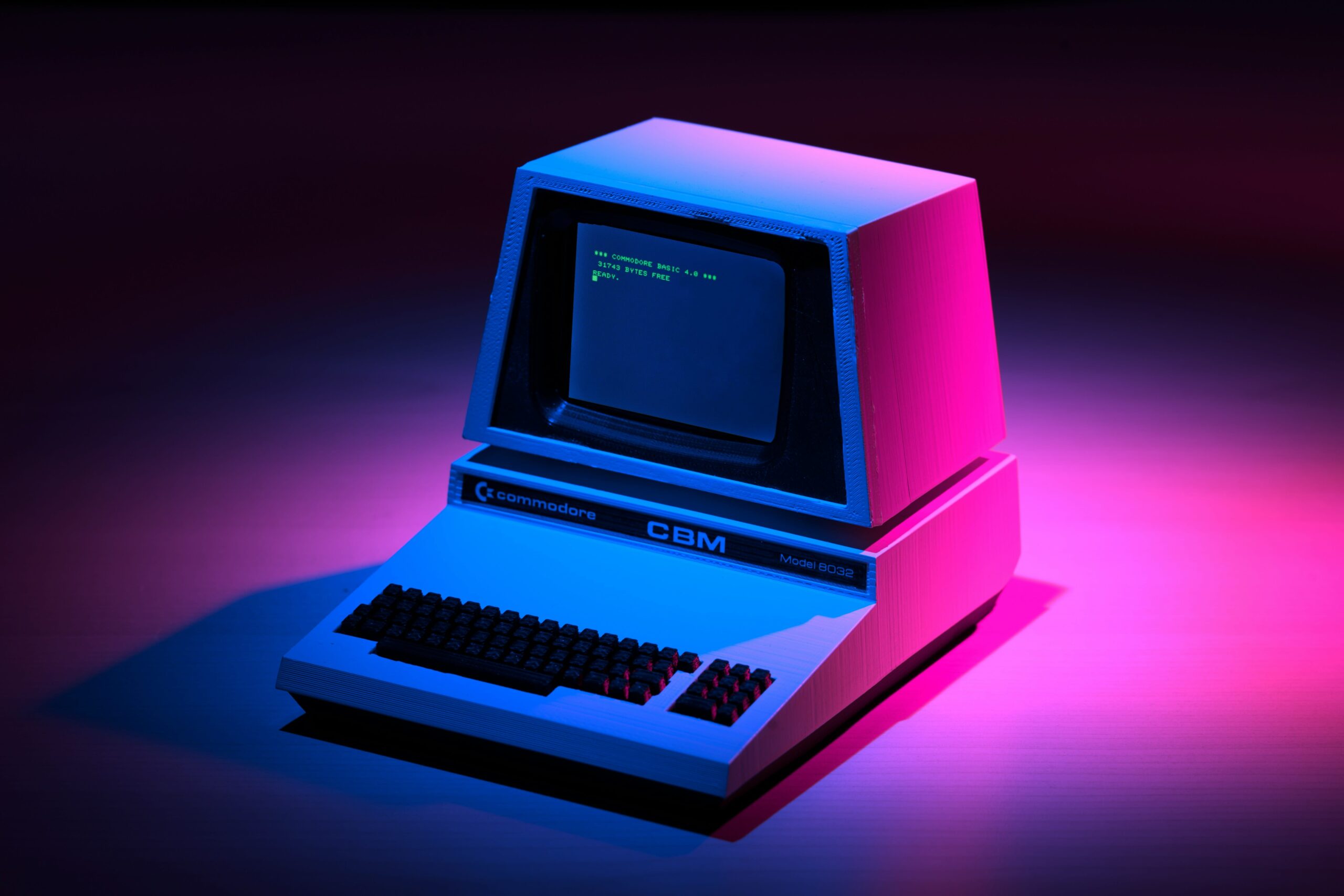The future arrived quietly.
Remember the first time you saw someone talking to their phone instead of on it? That puzzling moment when you realised they were asking their device a question, not making a call? That’s how spatial computing is entering our world right now, subtly transforming how we interact with technology before most of us even notice it’s happening.
The Digital World Is Escaping Our Screens
For decades, our relationship with digital information has been confined to rectangles. Screens of all sizes but still just windows into the digital world. What if those windows disappeared completely?
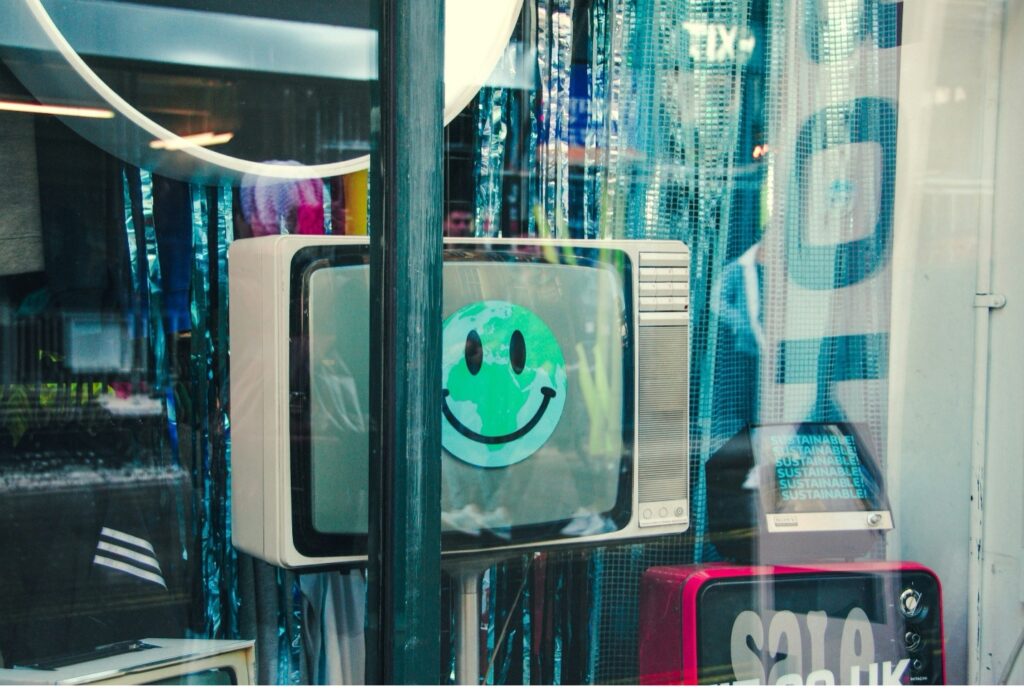
Spatial computing tears down these barriers. It brings digital content into our physical spaces, where information doesn’t just exist on a screen you hold but occupies the same room you’re standing in.
Imagine pointing to empty space in your kitchen and filling it with a virtual recipe that stays floating exactly where you left it while you cook. Or walking through an empty lot and seeing the building that will stand there next year, perfectly to scale, as you move around it.
This isn’t science fiction—it’s happening now in factories, hospitals, and design studios around the world.
What Makes This Different From Tech You Already Know
You’ve probably heard of virtual reality and maybe even tried a VR headset. VR creates completely artificial worlds that replace what you see. It’s an escape from reality.
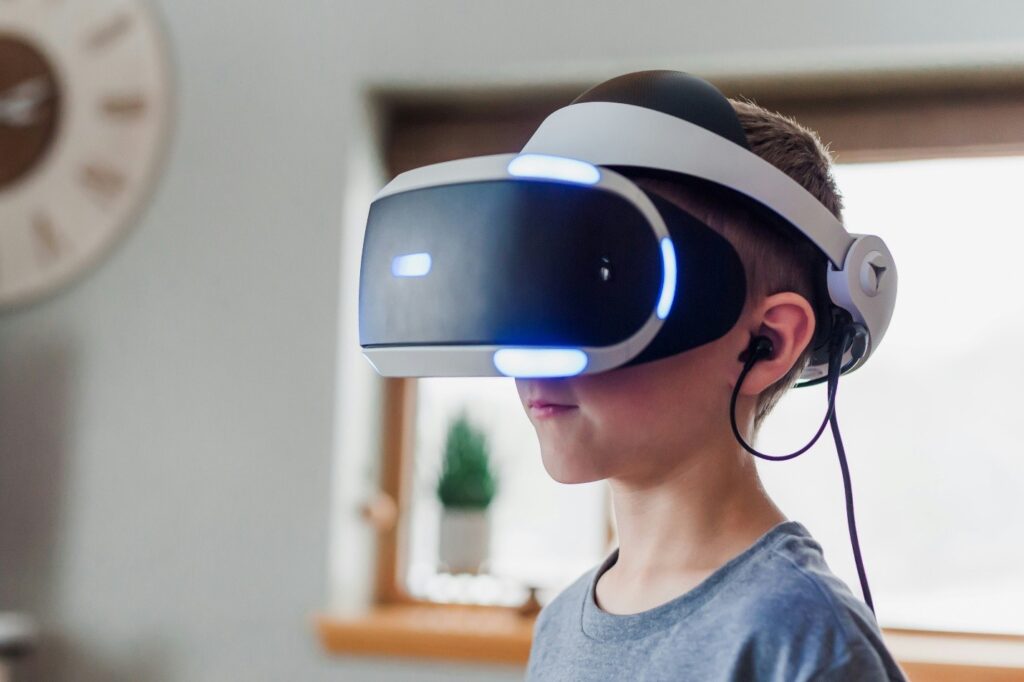
Spatial computing is the opposite. It’s about enhancing your actual environment with digital information that understands and responds to the physical space around you.
When your friend sends you a 3D model in a spatial computing environment, you can place it on your coffee table, walk around it, and see it from different angles just like a physical object. The digital content behaves as if it’s actually there, anchored to real-world locations.
The Magic Behind The Scenes
What makes this possible is a symphony of technologies working together:
Your spatial computing device is constantly scanning your environment, understanding the shape of your room, recognizing objects, tracking your movements, and watching where your eyes focus.
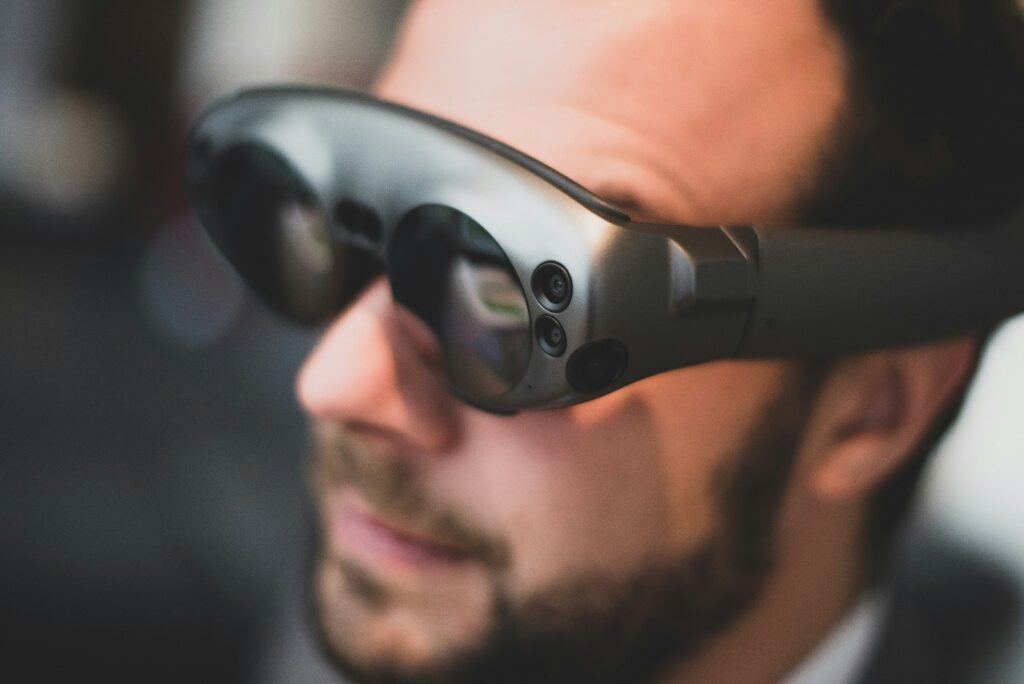
It’s creating an invisible digital twin of your physical space in real-time, so when you place a virtual object on your desk, the system knows exactly where your desk is and how the object should look from your perspective.
When you reach out to interact with digital content, the system tracks your hands with millimeter precision, allowing you to manipulate virtual objects as naturally as you would physical ones.
All of this happens dozens of times per second, creating the illusion that digital and physical worlds have seamlessly merged.
Where You’re Already Encountering It (Without Realizing)
That furniture app that lets you see how a couch would look in your living room? That’s early spatial computing.
The Instagram filter that perfectly places a virtual hat on your head, even as you move around? Spatial computing technologies at work.
And for professionals in certain fields, full spatial computing experiences are becoming essential:
- Surgeons at leading hospitals use spatial displays to see patient vital signs and imaging data without looking away from the operating field.
- Factory workers receive step-by-step visual instructions overlaid directly on the components they’re assembling, reducing errors by 30%.
- Architects walk clients through full-size building designs on the actual construction site, enabling real-time design changes before breaking ground.
The Human Element: Why This Matters
The true power of spatial computing isn’t technical—it’s human. Our brains evolved to understand and interact with the three-dimensional world around us. Traditional computing forces us to translate our natural spatial thinking into abstract interactions with flat screens and arbitrary interfaces.

Spatial computing reverses this relationship. Instead of humans adapting to computers, computers are finally adapting to how humans naturally perceive and interact with the world.
When a remote colleague appears as a holographic presence in your actual workspace, communication becomes more natural. When learning anatomy, students can walk around a 3D model floating in the classroom rather than trying to visualize 3D structures from 2D diagrams.
Where We’re Headed
Today’s spatial computing experiences through devices like Apple Vision Pro, Microsoft HoloLens, or Magic Leap are just the beginning. They’re like the early smartphones before the App Store: showing promise but only hinting at their eventual impact.
In the coming years, spatial computing will:
- Become less device-dependent, with information appearing through increasingly lightweight glasses or even contact lenses
- Create shared experiences where multiple people see and interact with the same digital content in a physical space
- Transform workplaces by eliminating the need for physical screens and creating new collaboration possibilities
- Blend with AI to create intelligent digital assistants that exist visually in your environment
For businesses, the strategic question isn’t whether spatial computing will transform their industry, but when and whether they’ll lead the transformation or follow it.
The Invisible Revolution
The most profound technologies don’t announce themselves with fanfare. They slip into our lives, becoming indispensable before we’ve fully registered their presence.
Few people predicted how smartphones would transform everything from how we navigate cities to how we maintain relationships. Similarly, spatial computing isn’t just a new device category—it’s a fundamental shift in our relationship with digital information.
The screens that have dominated our digital lives for decades are giving way to a more natural, intuitive way of engaging with information one that respects our innate spatial understanding and blends seamlessly with the physical world.
The revolution is already happening around you. You just can’t see it yet.

